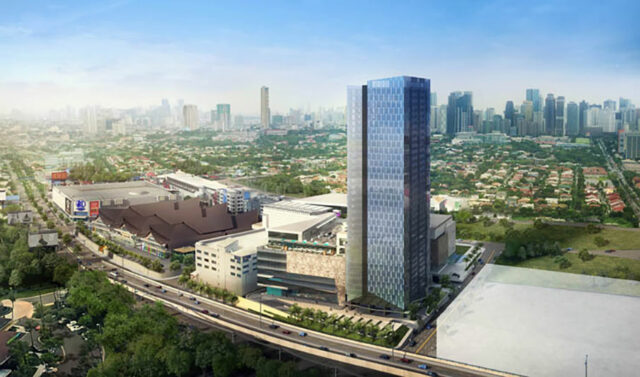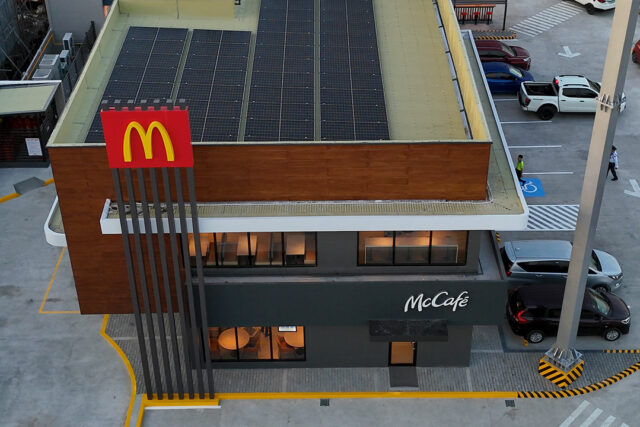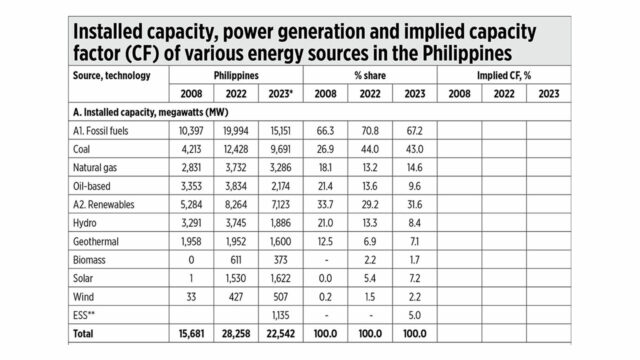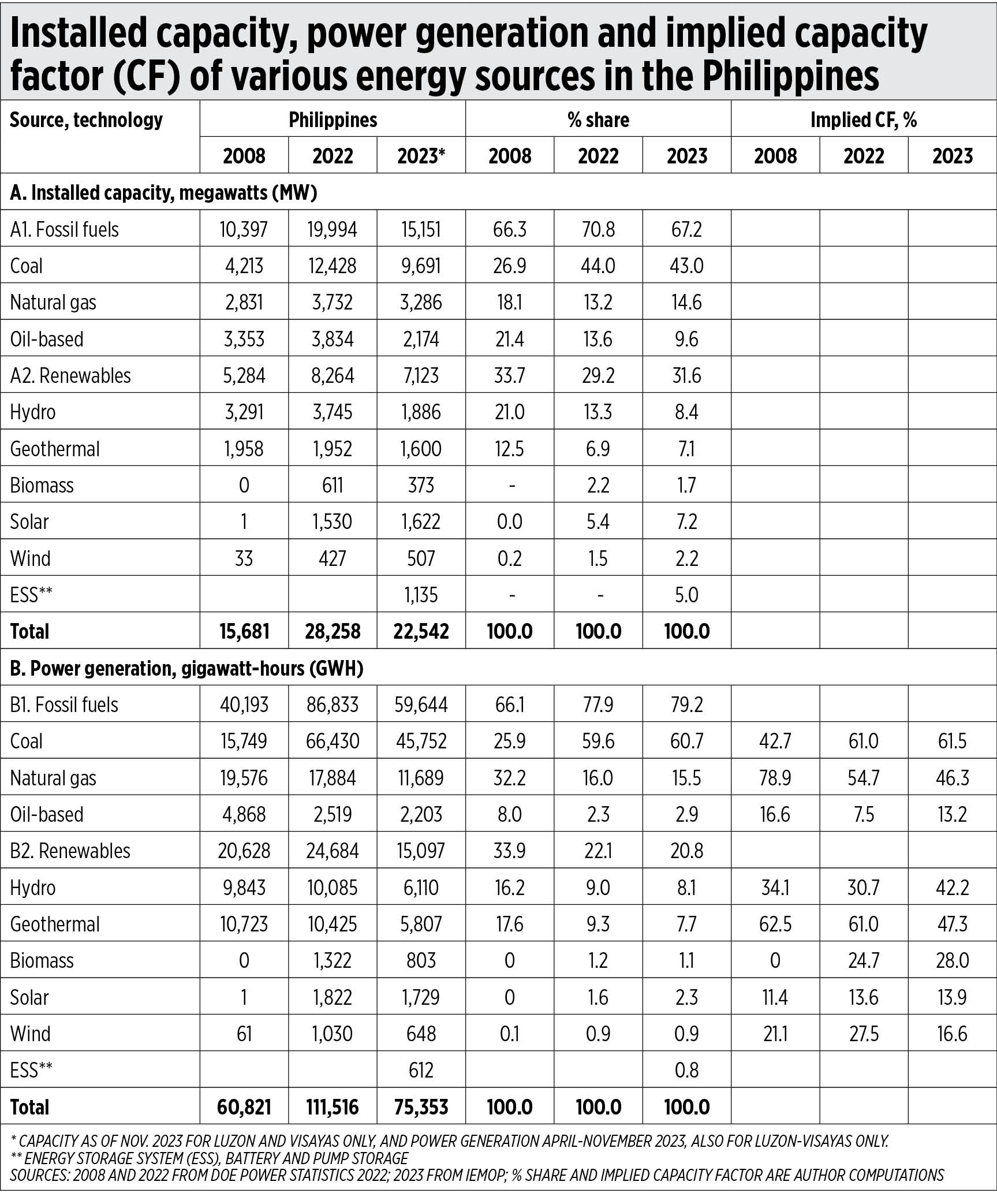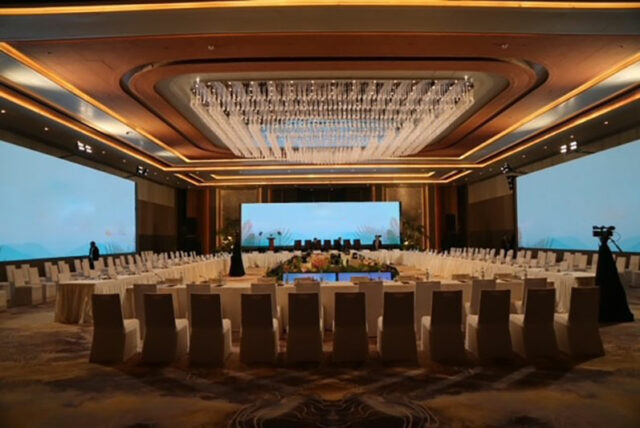Responding to Ukraine’s President Volodymyr Zelensky’s urgent request for additional aid to help Ukraine defend itself against Russia’s aggression, US President Joe Biden asked the US Congress for a $61-billion package of military assistance for Ukraine. US administration officials say a vote against aid for Ukraine would make it easier for Russian President Vladimir Putin to win the war.
“Putin is very closely watching what’s happening in Congress and the United States. Whatever the US Congress decides with regard to the Ukraine funding issue will send a critical message to the rest of the world — including would-be aggressors,” a White House official warned the other week. I am sure China’s President Xi Jinping is also watching what the US Congress is doing as it would be an indication of how the US will respond if the Philippines is attacked.
Some pundits say Xi Jinping would not liken Ukraine’s situation to that of the Philippines because he knows that unlike the Philippines, Ukraine has no mutual defense treaty with the US. They cite the assurances of high-ranking US officials. In 2021, after the Philippines filed a diplomatic protest over a new Chinese law that could endanger Filipino fishers, US Secretary of State Antony Blinken reaffirmed the US’ commitment to that treaty. In a 2022 meeting, US Vice-President Kamala Harris assured President Ferdinand Marcos, Jr. that “an armed attack on the Philippines armed forces, public vessels, or aircraft in the South China Sea would invoke US mutual defense commitments.”
The Mutual Defense Treaty (MDT) between the Philippines and the United States, signed on Aug. 30, 1951, dictates that both nations would support each other if either the Philippines or the United States were to be attacked by an external party. Article V defines the meaning of attack, which includes all attacks by a hostile power on a metropolitan area or on the island territories under either party’s jurisdiction in the Pacific or on its armed forces, public vessels, or aircraft in the Pacific.
Article VII of the MDT states that the treaty shall be ratified in accordance with the constitutional processes delineated by the Constitution of the Philippines and the Constitution of the United States. Both constitutions state that all treaties with a foreign country must be ratified by their respective Senates. The MDT was ratified by the Philippine Senate but not by the US Senate.
Not having been ratified by the US Senate, the MDT was reduced to a mere executive agreement on the part of the US. That means the MDT only binds the US president to exert his best efforts to persuade the US Congress to approve support in case the Philippines is attacked. Therefore, support for the defense of the Philippines is not assured as it is contingent on the approval of both chambers of the US Congress.
Many prominent personages including past and present public officials, notably Richard Gordon, former mayor of Olongapo, the city by Subic Bay, rue the pullout of military bases from the Philippines. They curse the senators who rejected the treaty that would have extended the American military presence in the country for at least another 10 years. They say China would not be pursuing its expansion agenda if the US 7th Fleet had remained in Subic Bay.
The defenders of the US military bases here may have been too young, or had not been politicized in the 1950s, to have read or heard the pronouncements of US officials on American military bases overseas. In 1955, then US Undersecretary of State for Political Affairs Robert Murphy said, “American troops are not present in the countries that are our allies as a favor to those countries. It would be absurd for America to pretend that our troops were stationed in allied countries for no other reason than to help them.”
In 1958, US President Dwight D. Eisenhower, who assisted Gen. Douglas MacArthur in the reorganization of the Philippines’ army from 1935 to 1939, declared: “Everything we do in the foreign field has for its basic purpose our own national security, our own national prosperity. We are not doing those things in the foreign field as a matter of altruism and charity.” The US ambassador to the Philippines from 1957 to 1959, Charles Bohlen, practically reiterated his president’s pronouncement when he said, “We in the US Embassy are here to protect American interests. We expect your officials to protect your own interests.”
We can infer from Mr. Bohlen’s statement that the US military bases were also here to protect American interests. And the US military bases in foreign field are there to also project to the whole world America’s military might in order to deter would-be aggressors from launching hostile actions against America.
Going back to the MDT, Article II states that each party either separately or jointly through mutual aid may acquire, develop, and maintain their capacity to resist armed attack. As Mr. Bohlen said 65 years ago, “We expect your officials to protect your own interests.” Sadly, past administrations failed to develop the country’s capacity to resist armed attack. The country depended solely on hand-me-down military equipment from Uncle Sam.
In 1995, President Fidel V. Ramos signed into law the Armed Forces of the Philippines (AFP) Modernization Act. Part of the P263-million proceeds from the sale of a former military camp in Metro Manila (Fort Bonifacio) was to fund the program. The law provided a budget of P50 billion for the first five years of the program. However, the financial crisis of 1997 forced the government to discontinue funding the program. Succeeding administrations neglected to resume the program.
But in 2014, the Philippines and the US executed an Enhanced Defense Cooperation Agreement (EDCA). It was designed to promote the following between the Philippines and the US:
• Interoperability
• Capacity building towards AFP modernization
• Strengthening the AFP for external defense
• Maritime Security
• Maritime Domain Awareness
• Humanitarian Assistance and Disaster Response (HADR)
The agreement allows US forces access to, and use of designated areas and facilities owned and controlled by the AFP at the invitation of the Philippine Government. It contains clear provisions that the US will not establish a permanent military presence or base in the Philippines, and a prohibition of entry to the Philippines of nuclear weapons. The EDCA has an initial term of 10 years, and thereafter will continue in force until terminated by either party after having given a one-year notice of intention to terminate.
In October this year, Congress vowed to amend the modernization and procurement laws of the AFP, according to Department of National Defense Secretary Gilberto C. Teodoro, Jr. For 2024, the defense budget is P233 billion. It includes P144 billion for personnel expenses, P69 billion for maintenance and other operating expenses, and P17 billion for capital outlay.
Capacity building takes years. In the interim, the Marcos administration has to deal delicately with China’s bullying tactics. It can adopt the schemes used in dealing with the school or neighborhood bully. They are:
• Avoid as much as possible any encounter with the bully,
• If encountered, move away,
• If provoked, keep cool,
• If bullied, report the incident to a higher authority,
• Move around the campus or neighborhood with other classmates or neighbors,
• Make very well-known you have a big friend,
• Devise ways to embarrass or frustrate the bully,
• Build strength and develop skills to erase the weakling or pushover image.
In fact, the administration has adopted many of these schemes.
Oscar P. Lagman, Jr. has been a keen observer of Philippine politics and national affairs since the 1950s.

